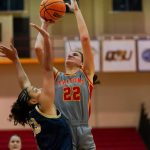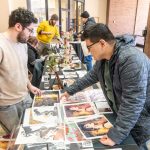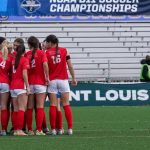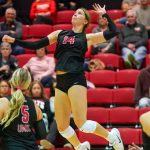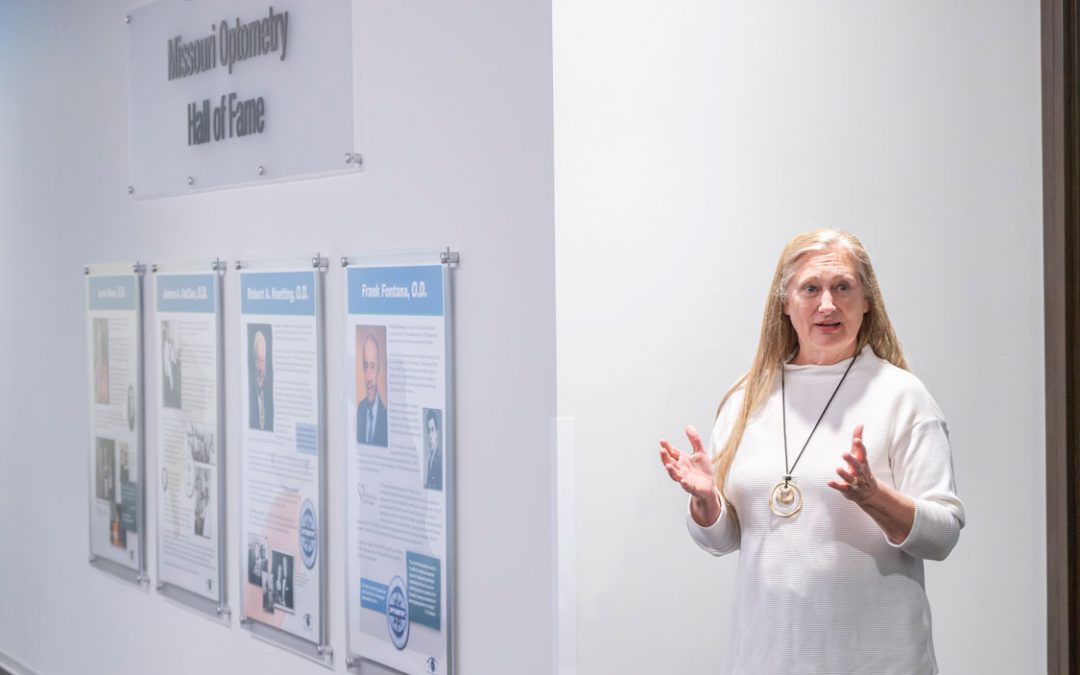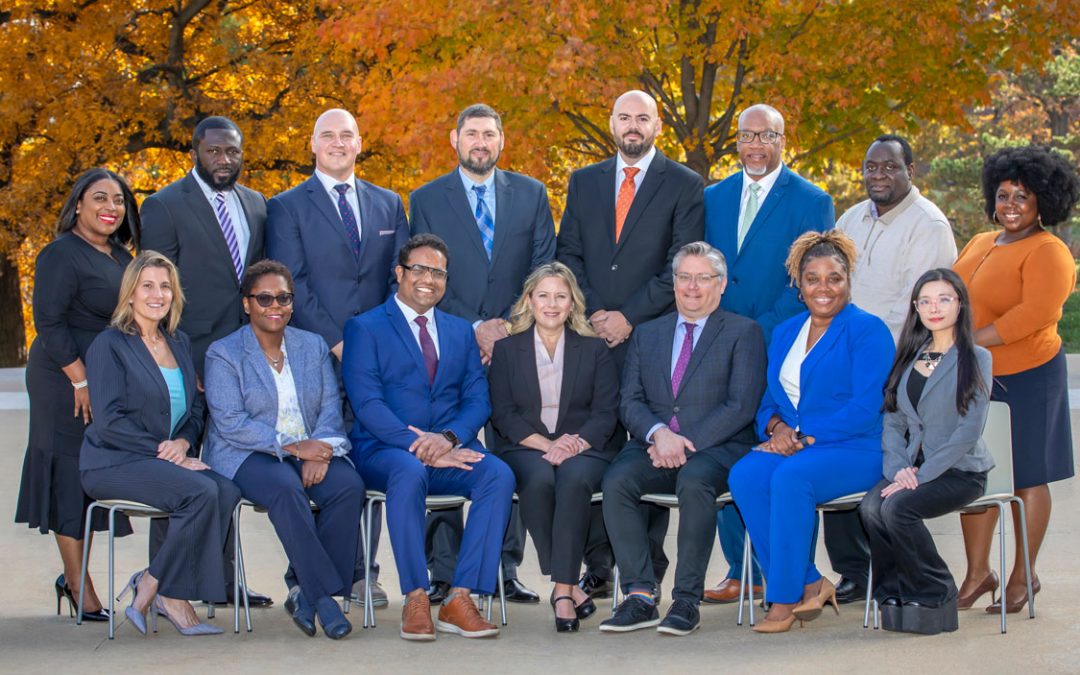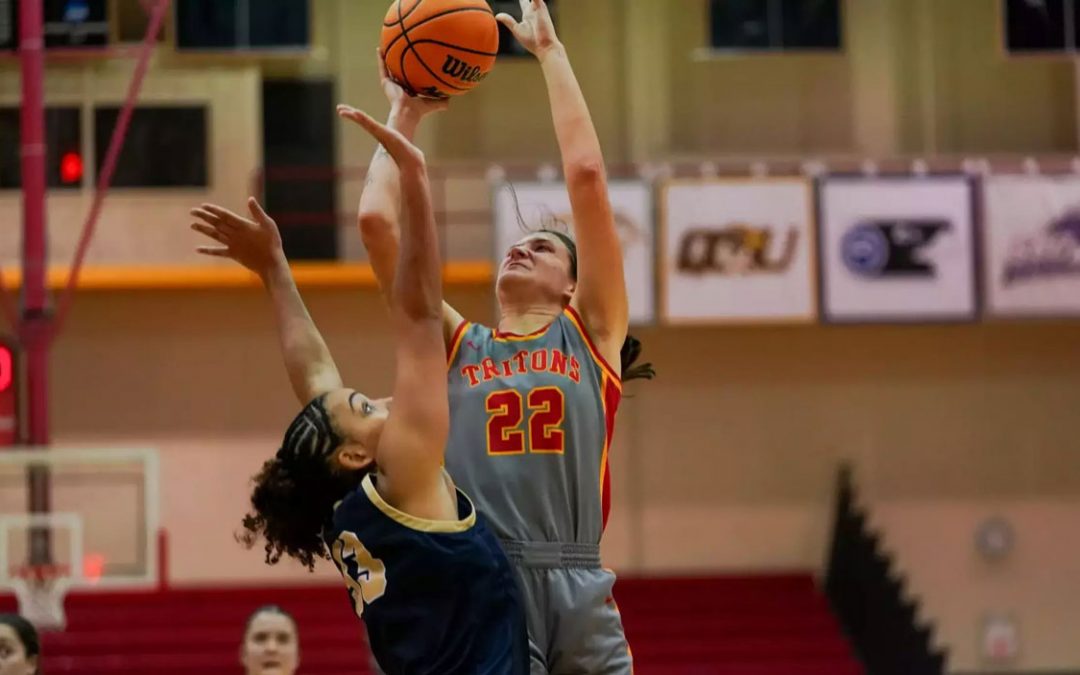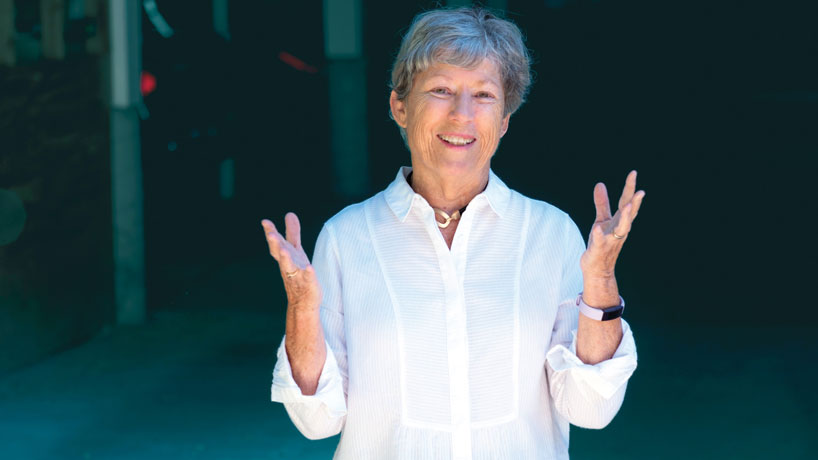
She taught in and helped mold UMSL’s Master of Fine Arts program for more than 20 year sand also served as editor of Natural Bridge for a decade. (Photo by August Jennewein)
Mary Troy, BA 1970, was part of one of the first graduating classes from the University of Missouri–St. Louis, and has gone on to author six fiction books, including four collections of short stories and two novels. For more than 20 years, she taught in and helped mold UMSL’s Master of Fine Arts program and also served as editor of Natural Bridge, a contemporary literature journal, for a decade.
What’s your UMSL story?
I was already enrolled at another university when my father lost his job, and the only university we could afford was UMSL, across the street from my home. My 18-year-old self thought my life was over. But I soon discovered the courses were fascinating and hard, the teachers young and enthusiastic and brilliant (and hard). At UMSL, I discovered a wide and true world in literature. Then, two and a half decades after graduation, after living in other states, teaching and writing for other universities, publishing many stories and my first book, I was offered a job at UMSL. UMSL’s MFA program was brand-new, and I was honored to direct it, help guide its beginnings. For 24 years, I taught fiction writing and literature classes and at times served as literary journal editor.
What inspires you to write?
People out of step, people in unexpected circumstances, people who have made their own troubles, people who are brave or foolhardy enough to continue. Art is in the crack between what we say and what we mean or want to say or try not to say, the crack between how we see ourselves and how others see us, how we wish to be seen. Our fears, hatreds, loves, yearnings are in that crack. At times it is more chasm than crack. I try to mine it. I eavesdrop, I watch, I often stare.
You graduated from UMSL more than 50 years ago but are still very connected. What has UMSL, its students, alumni and faculty meant to you?
I’ve been impressed by the students’ thirst for knowledge, the balancing of their classes, jobs, and home lives. Some schedule conferences between picking their children up and taking their elderly parents to doctors, all while writing reports for their day jobs. Some bring their newborns to class. Some live briefly in their cars. Conversely, some are professionals: judges, lawyers, teachers, CEOs. Some are traditional students, too, the young and bright. UMSL makes room for all, makes higher education democratic. Many of our graduates are well-published, and we writers celebrate and support one another, and I remain proud to be part of the English faculty, as stellar now as it was when I was a student.
How did you inspire your creative writing students to write? How did that evolve over
the years?
For undergraduates, it was more like encouraging, reminding them stories were everywhere, and no one else could tell their specific stories. I urged them to rewrite, think, question and observe, take sentences apart, read widely, re-read books they loved. The MFA writers, already good enough for admittance, had given up much to improve, so the stakes were higher. Good short stories are delicate, as powerful as novels. The difference between success and failure could be as minor as a sentence in the wrong place, or as major as the story being not yet fully understood. I approached each story carefully, read them many times and hoped to give criticisms the writer could use. Workshops were exhilarating.
This story was originally published in the fall 2022 issue of UMSL Magazine. If you have a story idea for UMSL Magazine, email magazine@umsl.edu.





